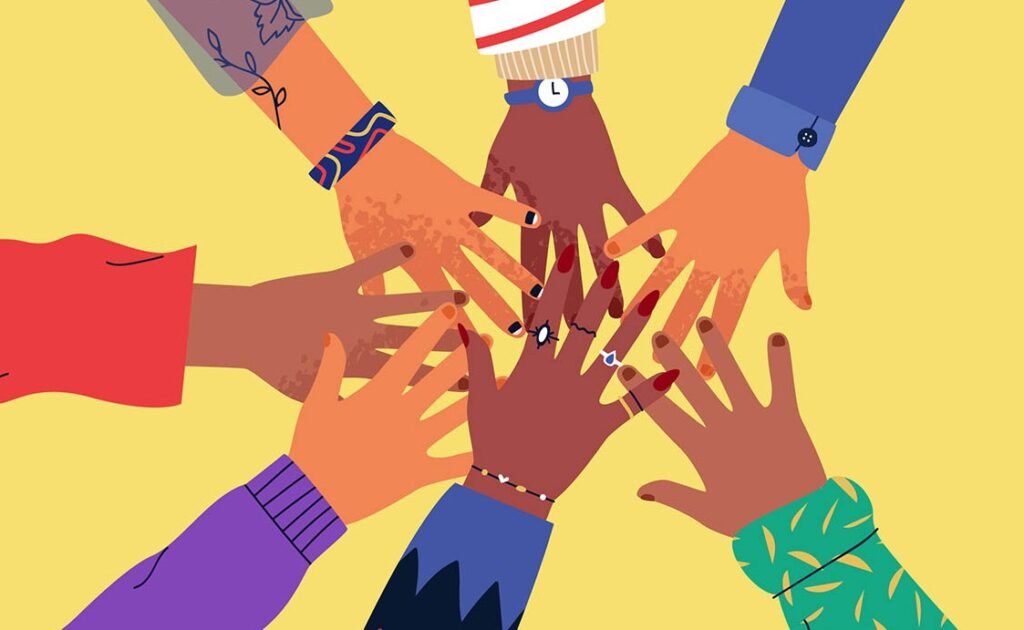Step into any classroom, and you’ll notice a colorful mosaic of learners—each with unique backgrounds, experiences, and needs. The challenge isn’t just teaching content anymore; it’s creating an environment where everyone feels valued, heard, and empowered to succeed. True inclusion doesn’t happen by accident—it’s intentionally woven into every interaction, activity, and policy.
What Does an Inclusive Learning Environment Look Like?
An inclusive learning environment is one where every student—regardless of race, gender, learning ability, socioeconomic status, or language—feels welcomed and supported. It promotes equity and ensures students have access to the same opportunities for learning and success.
It doesn’t mean treating everyone the same, but rather giving each student what they need to thrive. This includes flexible teaching strategies, diverse course materials, and a classroom culture rooted in respect and empathy.
Why Inclusion Matters
Research consistently shows that inclusive education improves academic outcomes, builds empathy, and prepares students for life in a diverse society. According to UNESCO, inclusive education is not only a right but a foundation for a more just and equitable world.
Inclusion boosts confidence, participation, and motivation. Students are more likely to engage when they see themselves reflected in the curriculum and feel like they belong.
Key Strategies for Creating an Inclusive Learning Environment
1. Use Culturally Responsive Teaching
Culturally responsive teaching recognizes and honors students’ cultural backgrounds in all aspects of learning. It involves selecting texts, examples, and resources that reflect diverse perspectives and histories.
Instead of defaulting to a Eurocentric curriculum, explore literature, science, and historical figures from various cultures. For example, in a science class, highlight global contributors like historical scientists from different continents.
2. Differentiate Instruction
Every student learns differently, so a one-size-fits-all approach won’t work. Differentiated instruction tailors content, processes, and assessments to suit various learning styles and abilities. This might mean:
- Offering both written and audio materials
- Creating group projects with roles suited to individual strengths
- Providing visual aids, manipulatives, or scaffolding tools
By offering choices and accommodating various needs, educators can ensure all students stay engaged and challenged.
3. Foster a Growth Mindset Culture
Students from marginalized backgrounds may internalize negative beliefs about their abilities. Encouraging a growth mindset—believing that abilities can improve with effort—helps counteract these effects.
Celebrate progress, not just outcomes. Reinforce that making mistakes is part of learning. Avoid praising intelligence alone; instead, acknowledge persistence, creativity, and collaboration.
4. Create Safe and Respectful Spaces
Students can’t learn if they feel unsafe or unwelcome. Establish clear expectations for respectful behavior and model inclusive language. Intervene immediately when witnessing bullying, discrimination, or microaggressions.
It’s also crucial to allow space for students to express concerns and experiences. Consider anonymous surveys, suggestion boxes, or regular check-ins to give voice to all learners.
5. Use Inclusive Language and Pronouns
Language matters. Using inclusive, gender-neutral language and respecting students’ chosen pronouns goes a long way in making everyone feel accepted. Instead of “guys” or “ladies and gentlemen,” opt for “everyone” or “folks.”
Provide opportunities for students to share their names and pronouns at the start of the term and normalize using them respectfully throughout the course.
6. Design Accessible Classrooms
Inclusion must account for students with disabilities. This means not only physical accessibility but also cognitive and sensory accessibility. Use Universal Design for Learning (UDL) principles to create flexible learning environments that work for everyone.
For example, use captions on videos, offer transcripts, provide alternative assignments when needed, and ensure all digital platforms comply with accessibility standards (WCAG guidelines).
7. Encourage Collaboration and Peer Learning
Inclusive environments promote collaboration over competition. Use peer learning, cooperative groups, and mentorship programs to help students learn from each other’s perspectives.
When students collaborate across differences, they not only learn content—they build interpersonal skills, empathy, and confidence.
Challenges to Inclusion—and How to Address Them
Creating an inclusive classroom takes time and intention. Some of the most common challenges include:
- Implicit Bias: Teachers may unknowingly treat students differently based on assumptions. Regular self-reflection and training can help identify and correct biases.
- Resistance to Change: Some educators or institutions may be slow to adopt inclusive practices. Building a case with research, data, and success stories can help drive change.
- Lack of Resources: Budget constraints or limited training may hinder inclusion efforts. Seek out grants, free online courses, and professional networks for support.
Involving Families and the Wider Community
Inclusion extends beyond the classroom. Engage families as partners in learning. Share strategies, ask for input, and provide multilingual communications when needed.
Work with community organizations to offer mentoring, cultural events, or enrichment programs. When schools build strong connections with their communities, students benefit from a more holistic support system.
Measuring Success
How do you know your classroom is inclusive? Look for signs such as:
- High participation rates across all student groups
- Improved academic performance and fewer disciplinary issues
- Positive feedback from students and families
- Diverse representation in materials and student leadership roles
Conduct regular equity audits, gather student feedback, and set clear goals for continuous improvement.
Final Thoughts
Building a more inclusive learning environment isn’t a one-time checklist—it’s an ongoing commitment to empathy, reflection, and growth. When students feel seen, respected, and supported, they are more likely to reach their full potential—and help others do the same.
As educators, parents, and policymakers, we each have a role to play in shaping spaces where everyone can thrive. Inclusion doesn’t just benefit marginalized students—it enriches the learning experience for all.

